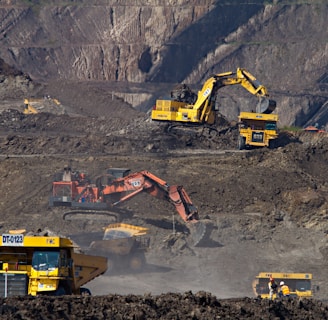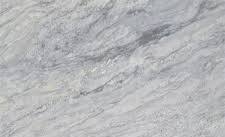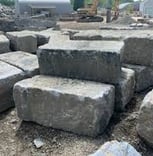Granite Pricing Unveiled: From Mines to Market – The Complete Journey
Discover how granite prices are influenced at every stage—from quarry to end customer. Understand mining, manufacturing, transportation, and market dynamics that shape granite’s value in construction and luxury design.
NATURAL STONES
Yuvraj
4/21/20253 min read


Introduction
Granite isn't just a stone—it's a story carved by nature over millions of years. From the depths of the mines to the floors of modern homes and mega infrastructure projects, granite undergoes an incredible transformation.
But have you ever wondered—what really affects granite pricing?
As someone who has worked closely in this industry, let me take you on a journey that unveils how prices are shaped, from the mining site to the customer’s doorstep.
🎨 1. Color, Rarity & Application Define Value
Each granite type has its own identity based on:
Color & Pattern: Rare patterns like consistent white or deep black veined granite command higher prices.
Source Location: Granite from certain mines has a better reputation.
Usage: Granite for luxury homes or export is priced differently than granite for bulk government supply.
✅ For example:
Luxury-grade slabs used in 5-star hotels or high-end kitchens are priced more than granite used for metro rail or public spaces.
⛏️ 2. From Earth to Block: Mining the Stone
The granite extraction process is time-intensive and technical:
Drilling machines create initial holes.
Wire saws cut through massive rock beds.
Alignment and care are crucial—errors can crack or damage the block.
🧱 Once cut, large blocks are lifted from the earth using cranes and loaders.
At this point, traders and manufacturers inspect the block—checking for cracks, color variation, and uniformity. This inspection directly affects the base pricing of the block.
⚙️ 3. Cutting & Polishing: Turning Blocks into Slabs
At the factory:
Granite blocks are cut into slabs using multi-blade cutters. This takes 6–8 hours or more.
The slabs then go through automatic polishing machines that bring out their natural beauty.
After polishing, the slabs are stacked in warehouses and ready for sale.
4. Who Buys Granite (And How Pricing Changes)
The granite market includes:
Traders – Brokers who bring buyers and earn margins
Builders & Contractors – Buying in bulk for projects
Wholesalers – Distributors who sell to retailers or shops
Direct Customers – End-users buying for homes or businesses
💰 Pricing differs depending on how many middlemen are involved:
Buyer TypePrice IncludesDirect from FactoryLowest price (no commission)Through TraderTrader margin addedThrough WholesalerBoth trader + wholesaler cuts
🚚 5. Transportation: The Hidden Cost
Granite is heavy and bulky. So transportation cost matters, especially if it’s being sent across states or exported.
Factors that affect transport pricing:
Distance from mine/factory to site
Total tonnage
Type of vehicle used (open truck, container, trailer)
Transportation cost is built into the final quote the customer receives.
Final Thought from the Ground
As someone who grew up around granite—seeing it cut, shaped, polished, and sold—I’ve come to appreciate it deeply.
Granite pricing is not random. It reflects effort, skill, and natural beauty. Every slab has a backstory involving machines, miners, traders, builders, and customers.
So next time you see granite, don’t just look at its price—look at its journey.







